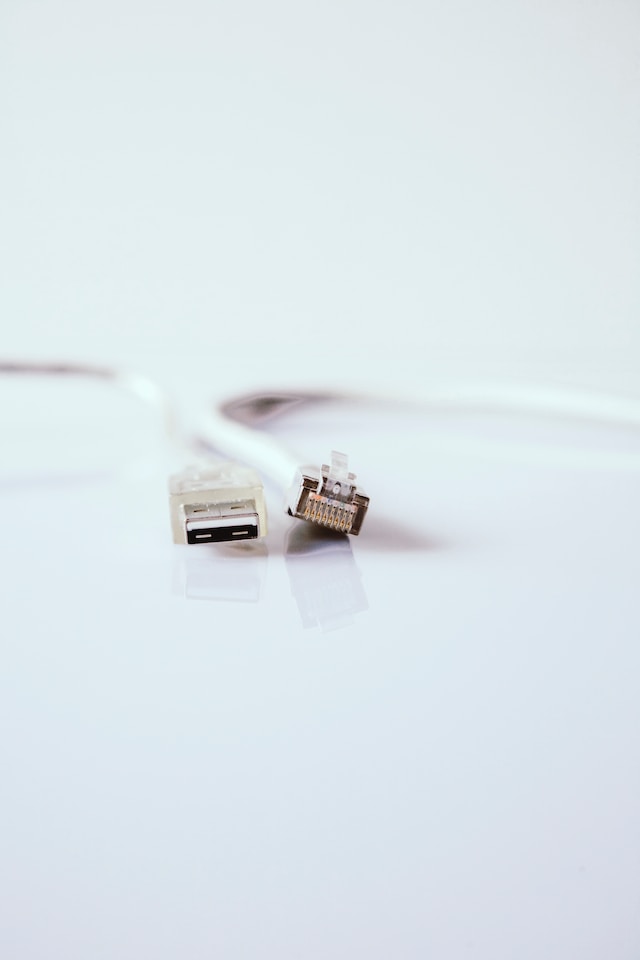In the world of connectors and cables, the D-Sub connector stands as a true icon of reliability and versatility. Its distinctive shape, robust design, and broad range of applications have made it a mainstay in the tech industry for decades. In this blog, we’ll delve into the world of D Sub connector, exploring their history, design, applications, and why they continue to be a popular choice in an ever-evolving technological landscape.
The Origin of D-Sub Connectors
D-Sub connectors, short for “D-subminiature” connectors, were first introduced in the mid-20th century. The “D” in their name refers to their distinctive D-shaped metal shell, which offers excellent protection and shielding for the connector pins inside. These connectors were originally developed by Cannon (now part of ITT Corporation) and have since become one of the most widely used types of connectors in the electronics industry.
Design and Varieties
D-Sub connectors come in various sizes and pin configurations, but the most common types are the DB9 (9 pins) and DB25 (25 pins). The number of pins can vary, providing users with flexibility for different applications. The connectors are available in both male and female versions, and their distinctive shape ensures proper alignment during mating.
The pins inside D-Sub connectors can be arranged in different configurations, including the standard 2-row configuration and the high-density 3-row configuration. The high-density variants allow more pins in the same-sized connector, making them suitable for applications requiring more connections in a limited space.
Applications of D-Sub Connectors
- Computer Hardware: D-Sub connectors were once ubiquitous in computer hardware. They were used for VGA and serial port connections. While newer technology like HDMI and USB has largely replaced them in this context, D-Sub connectors can still be found in some legacy systems.
- Industrial and Automation: D-Sub connectors are popular in industrial and automation applications. Their robust design and ability to withstand harsh environmental conditions make them ideal for use in factories and manufacturing plants.
- Telecommunications: These connectors have also found their place in the telecommunications industry. They are used for various purposes, including connecting modems and routers.
- Aerospace and Defense: D-Sub connectors are known for their reliability, making them a preferred choice in critical applications such as aerospace and defense. They are used in aircraft, missile systems, and more.
- Medical Equipment: In the medical field, D-Sub connectors are used in various devices like patient monitoring equipment, diagnostic instruments, and imaging systems, where dependable connections are crucial.
- Instrumentation and Measurement: D-Sub connectors are widely used in laboratory and scientific equipment, where precision and accuracy are essential.
Why D-Sub Connectors Endure
Despite the advancements in connector technology, D-Sub connectors continue to thrive for several reasons:
- Robustness: D-Sub connectors are known for their durability and rugged design, making them a reliable choice in harsh environments.
- Compatibility: They remain compatible with a wide range of devices and applications, making them a versatile choice for engineers and designers.
- Cost-Effectiveness: D-Sub connectors are cost-effective solutions for many applications, particularly when legacy systems need to be maintained.
- Reliability: Their long history of use in critical applications speaks to their reliability and performance.
